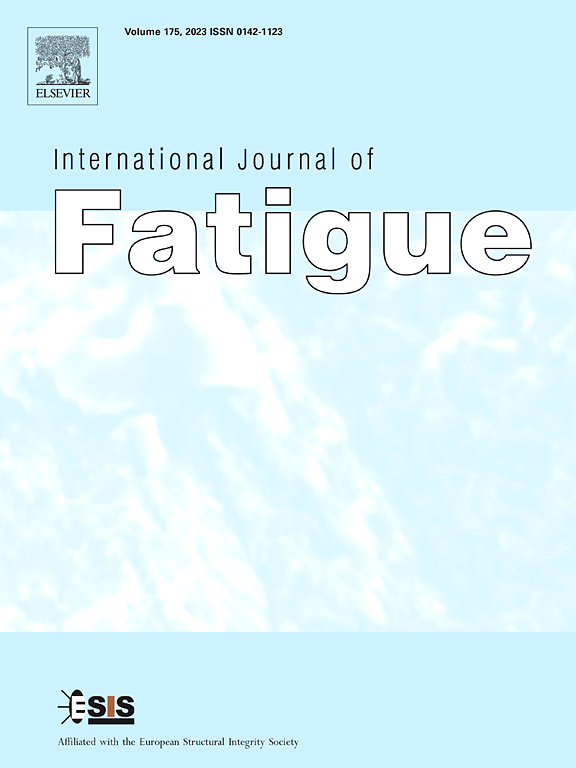The presence of a notch or a detail which leads to stress concentration due to complex geometries has a considerable impact on the fatigue life of engineering structures. Therefore, on the one hand, the notch effect must be investigated and considered in the fatigue assessment of these structures. On the other hand, in the last decades, an interest in studying the very high-cycle fatigue regime (VHCF) has been perceived, due to the extension of the service life of engineering components beyond the 10 million cycles. Thus, the notch effect in the VHCF regime was analysed for the S690 structural steel. Therefore, an analytical approach to design notch specimens was developed and a numerical simulation was performed to assess it. Then, an experimental campaign with smooth and notched specimens with two different stress concentration factors was performed in an ultrasonic fatigue machine to assess the VHCF behaviour. The mechanisms of failure and fracture surfaces were also investigated. It was observed a fully notch sensitivity as well as the dominance of surface crack initiation for the S690 steel in the VHCF regime.

Rita Dantas, Michael Gouveia, Filipe G.A. Silva, Felipe Fiorentin, José A.F.O Correia, Grzegorz Lesiuk, Abílio de Jesus


